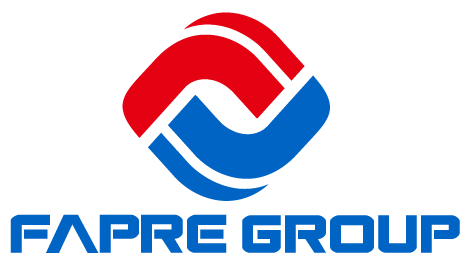NEWS CENTER
Cattle and sheep mats are an essential part of modern livestock farming, providing cows, sheep, and other livestock with a comfortable and safe space for resting and moving. These mats not only improve the animals’ living conditions but also enhance farm productivity. This article will discuss the importance of cattle and sheep mats from the perspectives of material, functional benefits, and practical applications in the livestock industry.
Material Choices for Cattle and Sheep Mats
Most cattle and sheep mats on the market are made of rubber or plastic, especially durable recycled rubber and eco-friendly plastics. Rubber is particularly suitable for heavy animals, as it offers wear resistance, pressure resistance, and excellent elasticity, which helps alleviate joint pressure on cows and sheep. Moreover, rubber mats provide a non-slip surface, ensuring animal safety even in wet environments. Plastic mats, usually made from high-temperature resistant and corrosion-resistant materials, adapt well to various temperature conditions, making them suitable for diverse farming environments.
Functions and Advantages of Cattle and Sheep Mats
The primary purpose of cattle and sheep mats is to provide livestock with a stable, dry resting area, preventing prolonged contact with damp, cold ground, which can lead to joint inflammation, skin infections, and other common diseases. In cold regions, the insulation provided by these mats helps maintain moderate ground temperatures, reducing the adverse health impacts of winter’s low temperatures.
Additionally, the mats' elasticity minimizes pressure points on animals, reducing the risk of hoof disease, especially in dairy cows and beef cattle that stand for long periods. For farmers, high-quality mats not only reduce medical costs but also improve the quality and yield of products like milk and wool. For larger farms, investing in high-quality cattle and sheep mats can extend the life of infrastructure and reduce maintenance costs.
Application of Cattle and Sheep Mats in Farming
In farming environments, cattle and sheep mats are widely used in cow barns, sheep pens, and exercise areas. They can serve as resting pads and be laid in walkways and feeding areas, helping to maintain a clean environment. Some mats are designed with drainage features, facilitating rapid removal of animal waste, which reduces the workload of farm cleaning and helps maintain good air quality.
Economic Benefits of Using Cattle and Sheep Mats
Farms that adopt cattle and sheep mats can significantly reduce direct and indirect costs associated with animal injuries or diseases. On the one hand, mats lower the health risks from slips or infections due to wet conditions, helping farms control medical expenses. On the other hand, providing animals with a more comfortable environment can yield better economic returns for farmers. For example, healthy, comfortable dairy cows produce more high-quality milk, and wool quality is enhanced in better conditions.
Conclusion
In summary, cattle and sheep mats not only improve livestock living conditions but also optimize farm productivity, bringing numerous benefits to modern animal husbandry. Whether for large-scale farms or small family-owned farms, high-quality cattle and sheep mats can serve as effective tools to increase production efficiency, reduce disease risks, and improve environmental management. For farmers aiming to excel in modern livestock farming, investing in top-quality mats is undoubtedly a wise choice.
